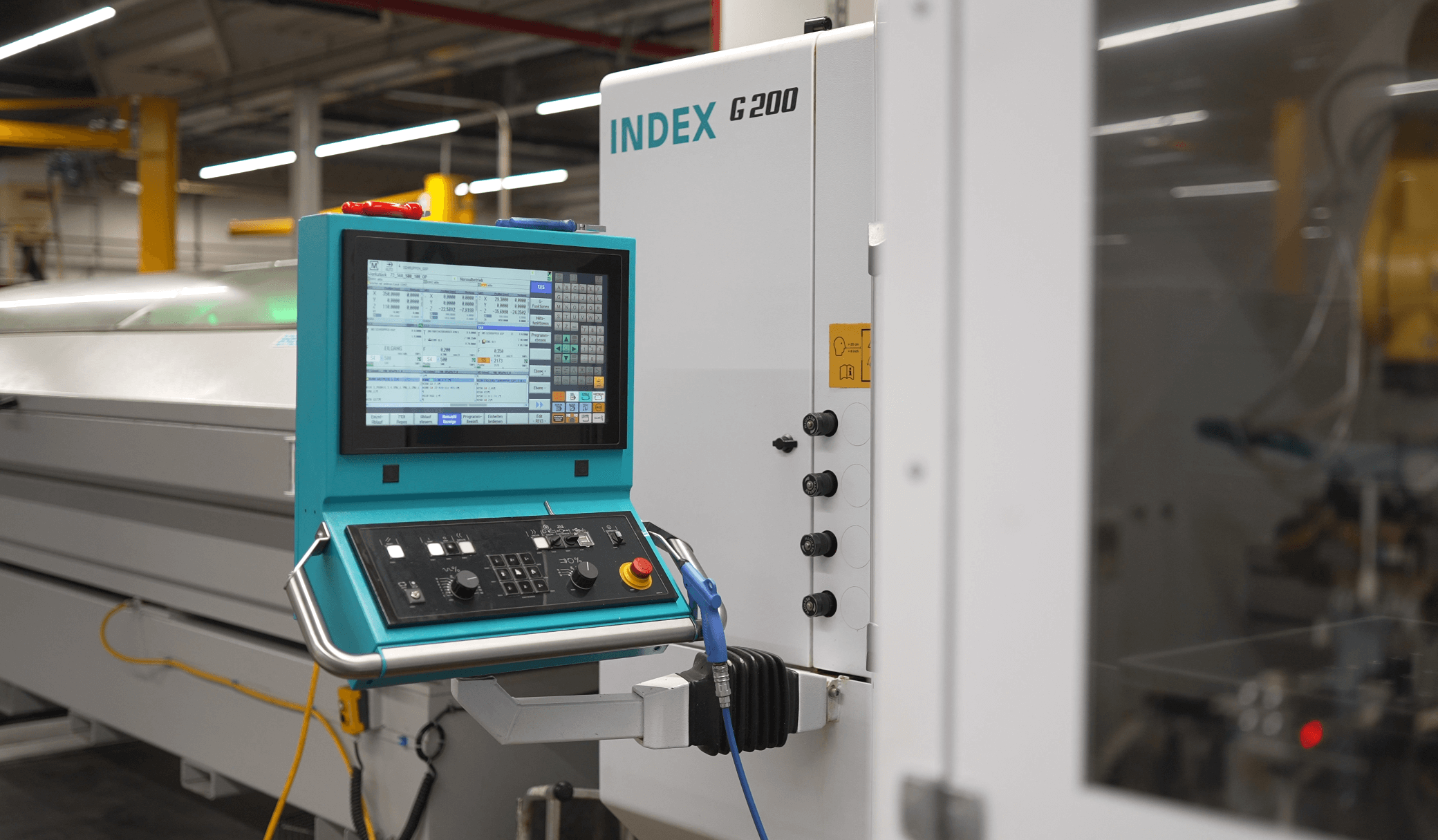WHAT IS ARTIFICIAL INTELLIGENCE (AI)?
It depends on who you ask.
Minsky and McCarthy defined artificial intelligence as the performance of any task by a machine that was once thought to necessitate human intelligence. That’s obviously a fairly broad definition, which is why you will sometimes see arguments over whether something is truly AI or not. Intelligence is the efficiency with which you acquire new skills for tasks you didn’t previously prepare for. Intelligence is not the skill itself, it’s not what you can do, it’s how well and how efficiently you can learn new things.
Typically, AI systems demonstrate at least some of the following behaviors associated with human intelligence:
Planning, learning, reasoning, problem-solving, knowledge representation, perception, motion, manipulation, and, to a lesser extent, social intelligence and creativity.

HOW AI AIDS PRODUCTIVITY
The use of artificial intelligence (AI) is already a reality in many industries. But the technology also has significantly more potential. An analysis from shows that labor productivity in developed countries increases by up to 40 percent due to the influence of AI. There is a 37% high increase in productivity in Sweden. The U.S. (35 percent) and Japan (34 percent) will benefit greatly from the effects of AI. In Germany and Austria, AI can potentially maximize labor productivity by around 30 percent within the next 15 years.
THE BIG PICTURE
The AI revolution is already underway, and its effects will be far-reaching. The AI revolution is already reshaping the business world, and its impact will be massive. To stay ahead of the game, your company must adopt AI solutions now. Here are a few tips to help you get started:
- Use Clean Data: The performance of any AI solution is contingent upon the quality of the data that’s used to train it. Use clean data that is accurate, complete, relevant, and/or properly formatted. Be sure to have a clear business goal in mind so you’ll design a more effective model.
- Take A Proactive Approach To Model Maintenance: When you start building models, be sure to do so in ways that make retraining easier. Consider every model you create and test as non-disposable. Everything should be production-level quality.
- Replace Manual With Automated: Look across your organization, and identify any time-intensive manual process that’s a good candidate for automation. Then match that process with an AI solution that’s easy to implement and maintain.
Find interesting ways, like those above, to incorporate this disruptive technology into business practices. And you will enjoy the corresponding improvements in productivity and decision-making.
For more discussion on how we can help you grow your business with AI, contact us.


